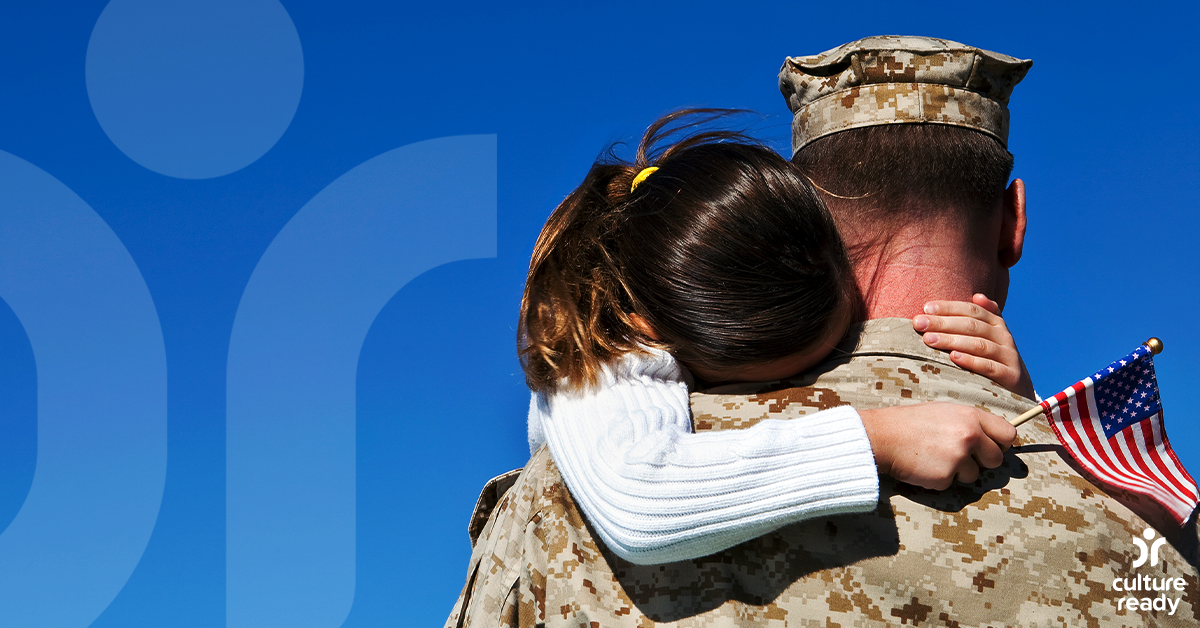How November 11 Became Veterans Day
On the 11th hour, of the 11th day, of the 11th month of 1918 the French and Belgian country sides fell silent for the first time in over four years following the signing of an armistice between the Entente forces and Germany near Compiègnet, France several hours earlier. Over the next year, millions of soldiers from both sides returned home, while diplomats and statemen hammered out the terms of the Treaty of Versailles to formally end the conflict.
On the first anniversary of the armistice, King George the V hosted a “Banquet in Honour of the President of the French Republic” at Buckingham Palace. The following morning the two men and other dignitaries commemorated the event with two minutes of silence on the grounds of the palace.
In the United States, President Woodrow Wilson issued a proclamation commemorating the anniversary of Armistice Day with the following words: "To us in America, the reflections of Armistice Day will be filled with solemn pride in the heroism of those who died in the country’s service and with gratitude for the victory, both because of the thing from which it has freed us and because of the opportunity it has given America to show her sympathy with peace and justice in the councils of the nations."
Armistice Day continued to be commemorated by presidential proclamation for the following six Novembers until 1926 when the U.S. Congress passed a Joint Resolution recognizing the observance. At the time of the resolution, 27 states commemorated Armistice Day as an official state holiday, and Congress proclaimed it a federal holiday in 1938.
Between the wars, France, Belgium, and most of the Commonwealth countries continued to observe Armistice Day on November11. In 1921, Canada became the first country to adjust the date, commemorating the armistice on the Monday of the week of November 11, which also coincided with the country’s Thanksgiving Day. The public holiday was then renamed Remembrance Day by the Canadian Parliament in 1931. So as not to interfere with war time production, Great Britain, in 1939, moved its Armistice Ceremonies to the Sunday closest to November 11, and following the Second World War most Commonwealth countries had adopted the term Remembrance Day or Remembrance Sunday.
In the United States, Armistice Day continued to be a day that honored those who fought in World War I. However, in the aftermath of World War II and the Korean War, and at the urging of major veterans’ organizations, Armistice Day was renamed Veterans Day in 1954 and designated as a day to honor veterans of all wars.
Observance of Veterans Day remained on November 11 until passage of the Uniform Monday Holiday Act in 1968, which moved several federal holidays to Mondays. The legislation shifted Veterans Day to the fourth Monday in October between 1971 and 1977. Public backlash impelled Congress to return Veterans Day to November 11 in 1978, and it has been commemorated on that day ever since.
